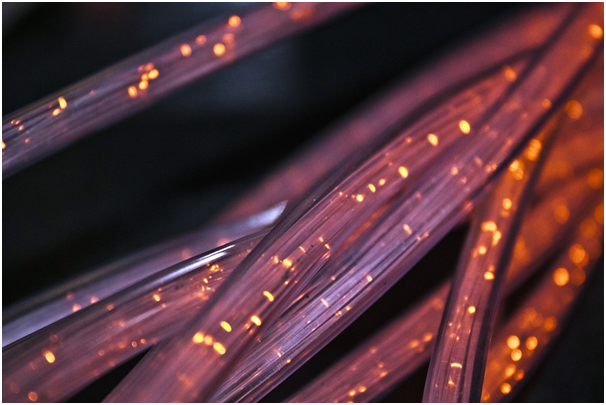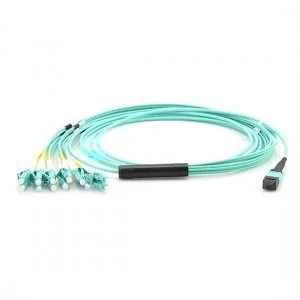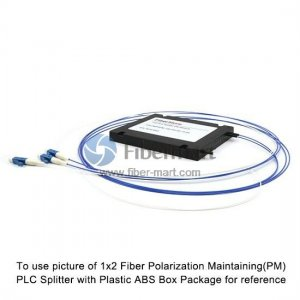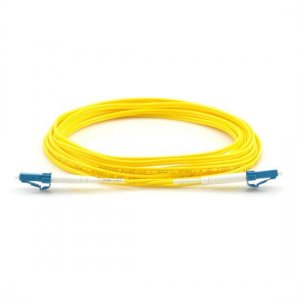
Fiber optic networks form the backbone of modern communication systems, providing high-speed and high-capacity data transmission. However, the very factors that make fiber optics indispensable also make their failure catastrophic.
Therefore, building resilient fiber optic networks is essential. Experts at Fibermart share some insights into incorporating strategies for redundancy and disaster recovery to ensure continuous operations and network infrastructure resilience.
What is Network Resilience?
Network infrastructure resilience refers to the ability of a network to maintain an acceptable level of service in the face of faults and challenges to normal operation. It encompasses redundancy—having multiple pathways for data transmission to prevent a single point of failure—and disaster recovery—plans and processes to restore services after a disruption.
Importance of Redundancy
Redundancy involves creating multiple pathways and backup systems to ensure a network remains operational even if one or more components fail. In fiber optic networks, redundancy is achieved through various methods:
Diverse Routing
Diverse routing involves laying multiple fiber paths between critical points in a network. These paths should be geographically separated to minimize the risk of a single event disrupting all pathways. By diversifying the physical routes, the network can continue to operate even if one path is damaged.
Dual-Homing
Dual-homing connects a single network device to two different access points or nodes. This setup ensures that if one node fails, the device can switch to the other node without losing connectivity. Dual-homing is particularly useful for critical network elements that require constant uptime.
Mesh Network Topology
In a mesh network, each node is connected to several other nodes, creating multiple pathways for data to travel. This topology provides high redundancy because data can be rerouted through alternative paths if any single node or connection fails.
Redundant Hardware
Using redundant hardware, such as multiple servers, switches, and routers, ensures that if one piece of equipment fails, another can take over its functions. Redundant hardware configurations are often paired with automatic failover mechanisms to maintain seamless operations.
Load Balancing
Load balancing distributes network traffic across multiple pathways or devices, preventing any single point from becoming a bottleneck or failure point. By balancing the load, networks can improve performance and reliability.
Disaster Recovery Planning Strategies
Disaster Recovery Plan (DRP)
A comprehensive DRP outlines the steps to be taken before, during, and after a disaster to ensure quick recovery. This plan should include:
- Identification of critical network components and services.
- Procedures for data backup and restoration.
- Roles and responsibilities of team members during a disaster.
- Communication plans to inform stakeholders and users about the status and recovery progress.
Data Backup
Regular data backups are essential for disaster recovery. Backups should be stored in geographically diverse locations to prevent data loss from localized disasters. Using both on-site and off-site backup solutions, such as cloud storage, enhances data security and accessibility.
Network Monitoring
Continuous network monitoring helps detect issues early and allows for prompt responses. Advanced monitoring tools can identify unusual patterns that may indicate potential failures or attacks, enabling proactive measures to prevent disruptions.
Rapid Response Team
Establishing a rapid response team trained to handle network emergencies can significantly reduce downtime. This team should be equipped with the necessary tools and knowledge to implement the DRP and restore network services swiftly.
Redundant Network Operations Centers (NOCs)
Establish multiple NOCs in different geographical locations to ensure that network monitoring and management can continue even if one center is compromised.
Implement automated monitoring tools that can detect and alert personnel to network issues in real-time, enabling faster response and recovery.
Combining Redundancy and Disaster Recovery
Comprehensive Risk Assessment
Conduct a thorough risk assessment to identify potential threats to the network. Understanding the risks allows for better planning and implementation of both redundancy and disaster recovery measures.
Integrated Planning
Develop an integrated plan that combines redundancy and disaster recovery strategies. Ensure that all network components have backup systems and that there are clear procedures for switching to these backups during a disaster.
Regular Review and Updates
Regularly review and update redundancy and disaster recovery plans to adapt to changing technologies and threats. Continuous improvement ensures that the network remains resilient against new challenges.
Investment in Technology
Invest in advanced technologies that enhance network resilience. This includes high-quality fiber optic cables, robust networking equipment, and sophisticated monitoring and backup solutions – all of which are available at Fibermart.
Fibermart is your trusted partner in building and maintaining resilient fiber optic networks. They offer a comprehensive range of services, solutions, and expertise to help you achieve peace of mind and ensure your business continuity.
Set up a consultation for exceptional customer service, expert guidance, and reliable products to help you build, maintain, and optimize your fiber optic infrastructure.

About the Author
John Smith is a seasoned telecommunications engineer with over 9 years of experience in designing, implementing, and optimizing fiber optic networks. Throughout his career, John has worked with leading telecommunications companies, providing expertise in network design, troubleshooting, and performance optimization. He is passionate about helping businesses build resilient and high-performance fiber optic infrastructures that meet their current and future needs.

















